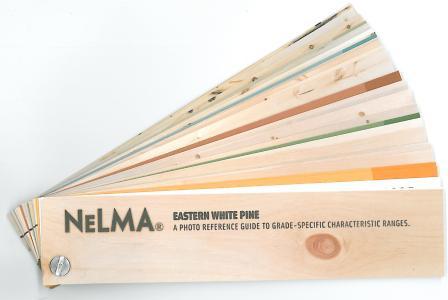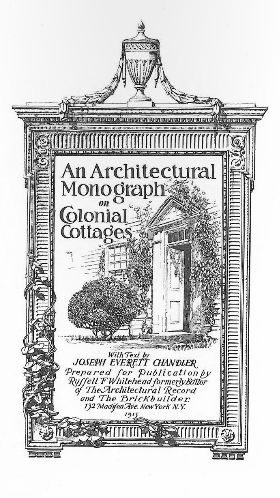A 1923 architectural competition challenged architects to design a rural library for a small American town of 2,000 residents, with an exterior made almost entirely of Eastern White Pine. One hundred and one submissions were received from all over the country and Canada, and “the general high standard and good taste displayed particularly in the large scale details were remarkable,” making it hard for the judges to choose a winner.
The library was to be located on a main street and contain a variety of rooms, including a delivery room, reference room, librarian’s office and work room, storage for books not in constant rotation, a children’s area and an upper-floor Local Historical Museum. The siding, corner boards, window sash, frames and casings, outside blinds, cornice boards, brackets, ornaments and moldings had to be made of Eastern White Pine.
To reflect the changing interior designs of the time, the judges asked that entrants avoid using interior partitions and left the room open and airy instead, using low bookcases as room dividers. The jury also sought designs that reflected the rural nature of the setting, and eliminated those that were too urban or suburban. The top submission is described as beautiful, simple and consistent, with details offering “a pleasing variety and a harmonious design.”





